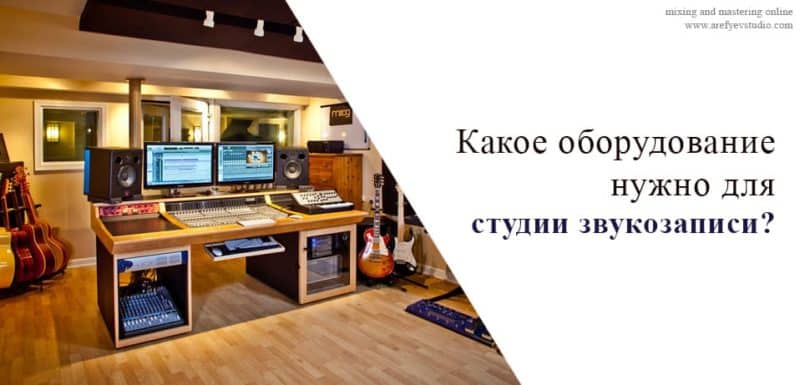FabFilter recently released the Pro-Q 3, an update to its flagship equalizer. Its predecessor, Pro-Q 2, remains an incredible tool that we used in every session, and the latest integration has added several extraordinary features, including:
- A dynamic equalizer mode that allows you to process certain areas of the frequency spectrum when they cross a set threshold. In fact, this function combines the reactivity of a compressor and the ability of an equalizer to tone.
- Extremely cool tilt of low and high pass filters.
- Full Dolby Atmos 7.1.2 surround sound support – for those who work in post-production.
- Mid-frequency processing for each band, which provides detailed possibilities for the formation of sound in a stereo field.
- Visualization of the external spectrum from other instances of Pro-Q 3, which allows you to see how the various elements of your session interact and possibly conflict.
Combine these useful new features with what was already in the powerful Pro-Q 2, and you will get perhaps the most versatile equalizer plugin on the market. Here are some of the many ways you can use FabFilter Pro-Q 3.
1. Editing dialogs
Perhaps the biggest update to the Pro-Q 3 is the dynamic equalizer mode – and this feature will prove to be very useful for dialog editors. Dynamic equalizer allows you to set a threshold value at the level of each band. If the plugin does not detect that the threshold has been exceeded, processing is not applied. This is convenient because the frequencies are not cut or pinched over the entire area of the track. In order to reduce unwanted low resonances, sharpness or sibilants, the Pro-Q 3 is unrivaled thanks to its dynamic equalizer function.
— See also: What is LUFS, and why is it important? —
2. Mastering
Mastering is the art and science of optimizing material for distribution, and one of the key roles of a mastering engineer is preparing music for listening in a wide variety of playback configurations. Often, when we perform mastering, we are interested in reducing sound defects and highlighting strengths. Having received the material in the work, we listen and weaken unwanted or too noticeable areas. This process helps to maintain a volume margin if you want to squeeze the maximum out of a track by compressing the dynamics very much.
Very useful updated spectrum capture function. After inserting the Pro-Q 3 instance into the track, press the play button and move the cursor over the frequency analyzer. It will turn purple and show any peaks that may be present – which you can capture and weaken. The ability to select which channel to process is another update that makes Pro-Q 3 an advantage for mastering music.
3. Editing sound effects, sound design and overwrite mixing in Surround
The fact that the Pro-Q 3 provides surround sound support right up to Dolby Atmos 7.1.2 is an important event for anyone involved in the post-production of sound for visual media, including movies, television, commercials and games. To eliminate low-frequency rumble, excessive brightness, and perform common “sound cleaning” tasks, each iteration of the FabFilter EQ was first-class, and now it can be used in all environments that include audio signals.
— See also: What is a DAW program in music? —
4. Mixing music (and this is obvious), including mixing the score
The benefits of the Pro-Q 3 are obvious to mixing engineers. This is just one of the best equalizers currently available for DAW music programs, and now it works in surround sound. Currently, you can use the external side-chain parameter to visualize a signal from another source through the analyzer or for EQ Match purposes. The only thing we added to the Pro Q-3 is the ability to use the side chain function to apply a dynamic equalizer to one signal based on the input of another.



